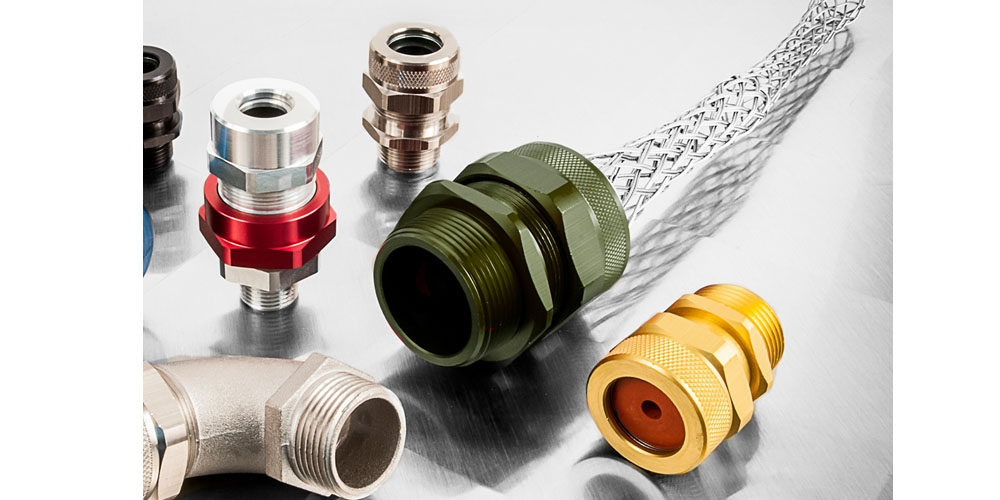Anodizing adds an oxide layer to the metal’s surface through a chemical reaction between oxygen and metal. The oxide layer formed keeps the metal from reacting further to oxygen, making it more durable and stronger. Anodized aluminum is the most common type of metal subjected to this process. You can learn more here. In this post, we discuss anodizing aluminum characteristics.
Characteristics of anodized aluminum
Below are the primary characteristics of anodized aluminum;
1. Color
When most people think of anodized aluminum, they picture colored alumunim. However, when aluminum is put through the anodizing process, it does not automatically change its color into what we see in various applications. The colors are usually achieved after the anodized aluminum is subjected to post-treatment. During the post-treatment processes, the anodized aluminum is colored using dyes or lubricants.
After coloring, the anodized aluminum features a characteristic metallic look. The uniform electro-chemical etching process causes this metallic appearance. The process leaves behind a rough surface that forms a metallic look when colored. Another element that causes the metallic look is the light striking surface that significantly interacts with the colorant and the uncolored metal that remains on top. The two parts are collaboratively responsible for the metallic appearance.
It is also worth noting that the color of anodized aluminum is lasting. The color is highly enduring because of the adhesive and porous elements of the surface obtained during anodizing.
Common colors of anodized aluminum
The most common colors options for anodized aluminum are:
- Bronze
- Clear
- Champagne
- Black
However, there is no limit. You can have a wide range of colors depending on the applications or how you wish to use the metal.
2. Durability
Another characteristic of anodized aluminum is durability. Anodized aluminum features a protective layer that adds to this characteristic. The layer makes it resistant to wear and other damaging elements like corrosion. The coating is made from a reaction between oxygen and aluminum.
The oxide layer prevents further oxidation of the metal hence making it corrosion resistant. Note that the layer’s thickness depends on the substance used to trigger the chemical reaction forming the oxide layer. Additionally, the length of the process and the amount of oxygen also play a significant role in this case.
3. Strength
Anodized aluminum is typically stronger than bare or pure aluminum. Note that scientists have proven that anodized aluminum is the second strongest metal in existence. The only metal that is stronger is diamond, and this is because of its crystalline structure. Note that bare or pure aluminum is also quite strong. Therefore, when it is anodized, it becomes stronger, thicker, and more durable.
4. Finishing
Another notable characteristic of anodized aluminum is the finishing. The process results in the creation of a more aesthetically appealing finish. The finish itself looks incredible even when it has not been treated further. However, it becomes even better when it is colored.
Final word
Anodizing can be done on a wide range of materials other than aluminum. Such materials include magnesium and titanium. The process is mainly applied to metals. However, conductive plastics can also be anodized. The method is inexpensive, and the resulting products are highly durable.

